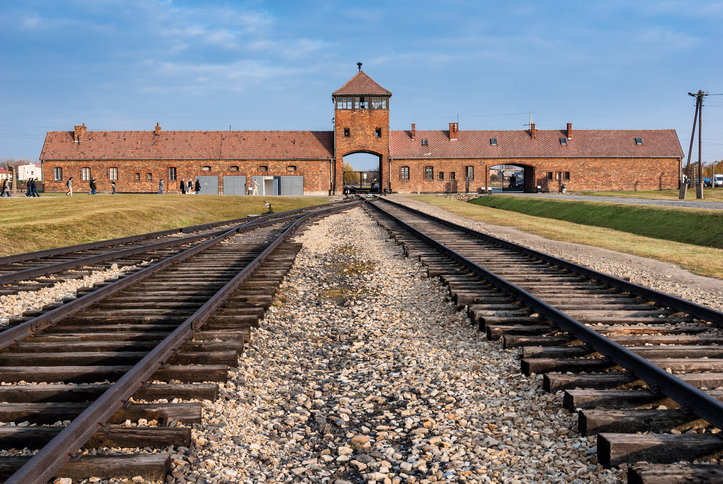The BBC flew a drone over the Auschwitz Birkenau concentration camp and brought back some chilling footage displaying the enormity of the camp today, well over seventy years after it was liberated by the Soviet Union. The German death camp in Poland is now maintained and considered a World Heritage Site and a popular tourist destination for the thousands of tourists, as well as survivors, who visit it every single year.
The largest concentration camp constructed during the Second World War by the Nazis, Auschwitz has the dubious reputation of being the site of what is reputed to be 1.1 million murders between when it was built in 1940, and when it was liberated by the Soviets in 1945.
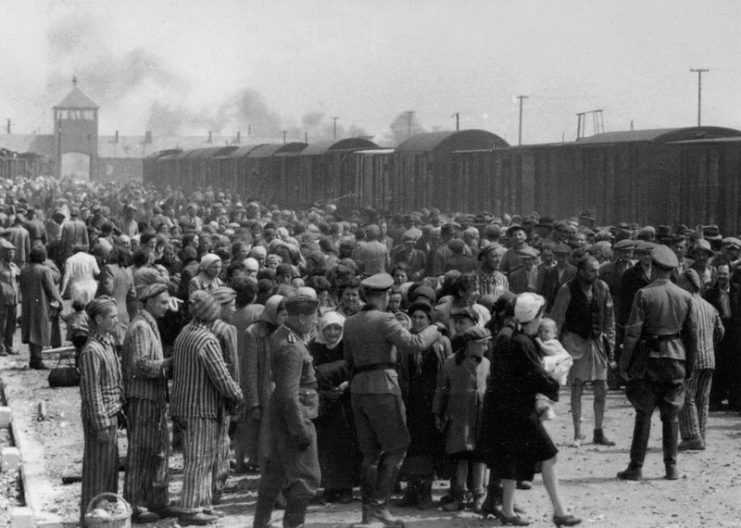
The common misconception is that only Jews died in the Holocaust, when actually the Nazis murdered Jews, Romani and Sindi people, Soviet Prisoners of War, Jehovah’s Witnesses, plenty of other diverse nationalities and an uncounted amount of homosexuals.
These men, women, and children were killed in the gas chambers, died of starvation, forced labor, by contracting infectious diseases in the camp, through individual executions and by being subject to medical experimentation.
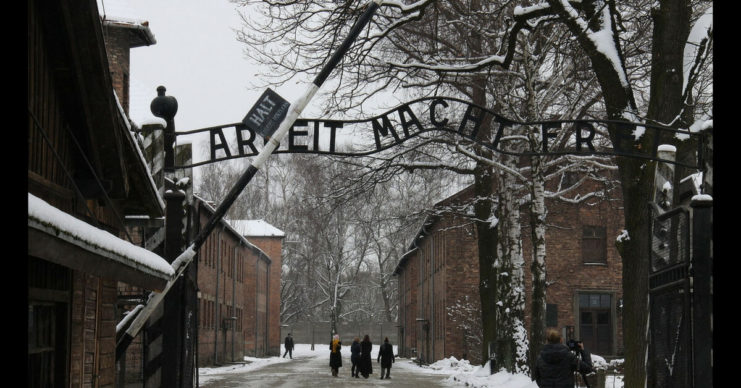
The video puts a number of elements of the Auschwitz Birkenau camp on display. First are the railway tracks that lead into Auschwitz Birkenau. Once filled with victims from all over occupied Europe, they arrived in the camp almost daily between 1942 and 1944. The second display is the remains of the wooden huts at Birkenau. Also called Auschwitz II, Birkenau was constructed in 1941 primarily as a death camp.
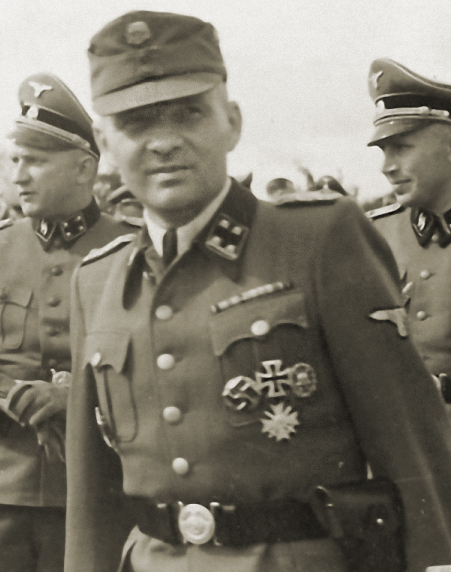
The wooden huts are all in ruins now with only the brick fireplaces and chimney’s remaining to display their gruesome legacy. Further on display at the entrance to Auschwitz I is the infamous wrought-iron sign ‘welcoming’ the Jews and other prisoners with the chilling words Arbeit Macht Frei, which means ‘Work sets you free’.
The slogan’s use originated at the Dachau Concentration Camp but was extended to Auschwitz by Rudolph Hoess. The notion was essentially a black hearted, cynical joke, providing false hope to the nearly a million or so Jews exterminated in the camp.
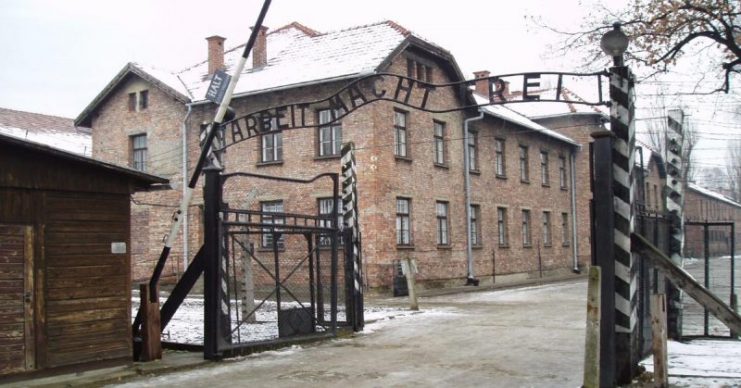
The final two offerings of the drone footage include the brick built buildings of Auschwitz I. In August of 1944, it contained sixteen thousand prisoners with the breakdown being nearly ten thousand Jews, four thousand Poles, and three thousand prisoners of other various ethnic groups.
It was the location of the SS garrison administration (SS Standortverwaltung), the local garrison commander, and the commandant of Auschwitz I, who stood as the “senior” service member in relation to the other two commandants.
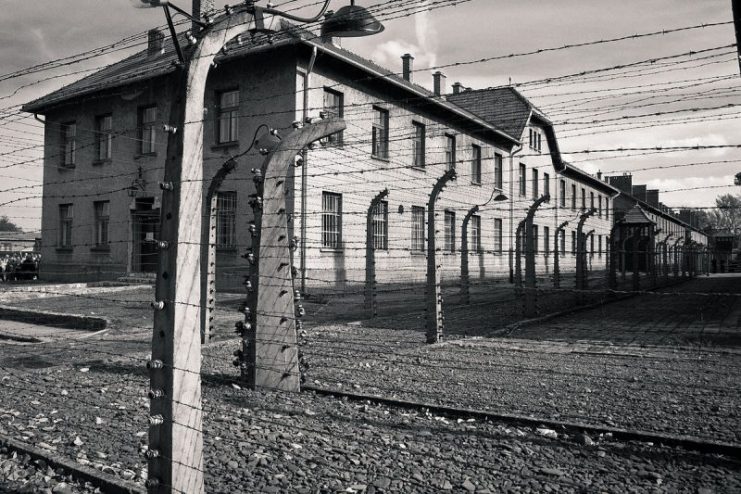
It served as the seat of the main officers of the political department and the prisoner labor departments respectively, as well as being the location of the main supply stores, SS companies (DAW, DEST, and Deutsche Lebensmittel GmbH), and workshops. The principal labor assignment for prisoners in the camp was working within these administrative and economic units and companies.
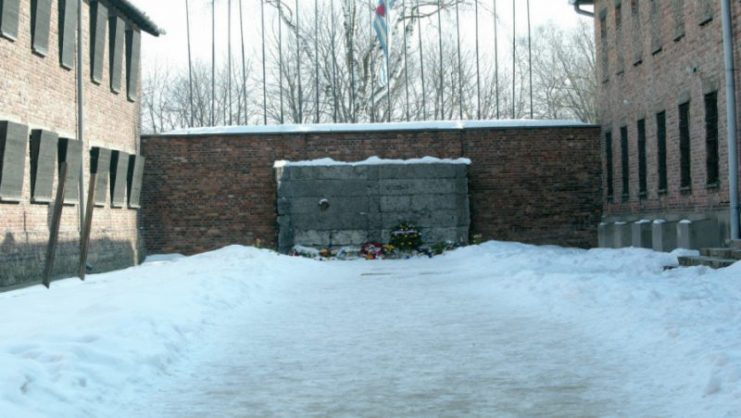
Lastly, the drone footage captures images of the courtyard between blocks ten and eleven at Auschwitz I. Block 11 was known infamously as “the Block of Death” by prisoners, as executions mostly took place between Block 10 and Block 11. The punishment was regulated from the top down, meaning that it was applied on the express written orders of the commandant or camp director.
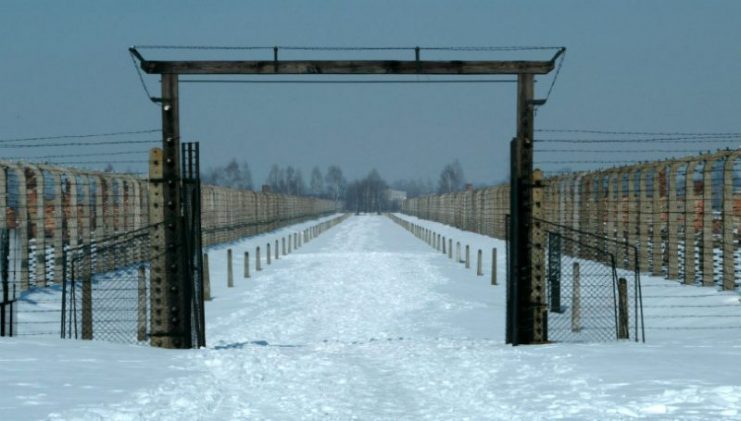
But also included reports from SS men and camp functionaries. The most commonly punished infractions included any and all attempts to acquire additional food, various forms of avoiding work, working in a fashion that the Nazis found unsatisfactory, smoking or relieving one’s self at an inappropriate time, attempting to commit suicide or wearing clothing that was not regulation.
Read another story from us: When Four Prisoners Escaped From Auschwitz In The Kommander’s Car
Punishments themselves were arbitrary, with prisoners receiving different penalties for the same offenses. The most frequent punishments included flogging, “the post” (strappado or “hanging torture”), being assigned to the penal colony, and confinement in block 11 in the main camp.
